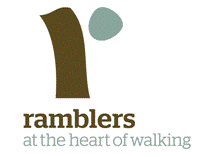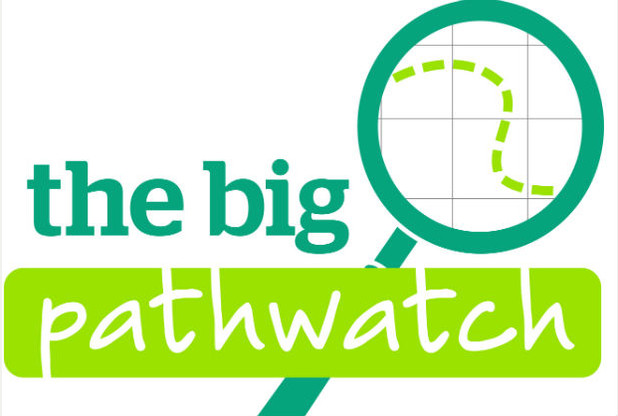Summer is here (mainly), and so is the season of rampant crop, nettle and bramble growth, when walking can become more difficult on some paths. I suspect most of our members will have experienced repeated problems with certain paths. They may have reported them to the Council. They also may have done this on several occasions and given up doing so as they felt that little or nothing seemed to happen. This, though completely understandable, would in my view be a mistake.
From April this year, Norfolk County Council restructured the departments dealing with rights of way and those other routes supported by Norfolk Trails. The new structure, brought in at least partly because of pressure from The Ramblers and colleagues in CPRE, Open Spaces Society and U3A, is still settling down, and it is too soon to have a full appreciation of how it is working. But there are already signs of improvements and benefits. The most obvious change has been the appointment of three Countryside Access Officers, with specific responsibilities for public rights of way. Not only do these augment the previous two people holding equivalent positions, but they have been moved from their central positions in County Hall, to be based in defined geographical areas, and so be close to the nettle face.
The three areas are:
• West – King’s Lynn and West Norfolk: Manager Chris Alston, Countryside Access Officer David Mills
• North – North Norfolk, Broadland, Great Yarmouth: Manager Karl Rands, Countryside Access Officer Sarah Price
• South – Breckland, South Norfolk: Manager Grahame Bygrave, Countryside Access Officer Jody Thurston
David and Sarah are the previous centrally based officers, while Jody is a new appointment. As my own area is Breckland, I have already met Jody twice and a very positive experience it has been, even though she is still getting to grips with the role.
Which brings me back to my starting point. However enthusiastic and hard working the officers are, what sways management and councillors tends to be statistics. If the figures seem to suggest there are few problems, it will be assumed that current resources are fully adequate. It is therefore vital that all problems are reported; and if nothing happens, follow it up. And if still nothing happens, consider making a complaint. If you have access to the internet, this is the best way to report and monitor problems. Go to http://maps.norfolk.gov.uk/highways/#, zoom in to the area concerned until the paths become visible, click on the one which has a problem, and choose Report a problem. You will be invited to set up an account. You don’t have to do this, but if you do, you will get updates on what is being done about your report. It has to be admitted that these updates are not particularly informative, but they are better than nothing, and we continue to make representations to have the system improved. It will also help if, when you are aware of a change in the situation (eg the path cleared, or a route cut through a crop), it will help NCC colleagues if you also report this – and a word of appropriate thanks never goes amiss.
Some of you may be using The Ramblers’ Pathwatch app: by all means continue to use this, but please be aware that this is no substitute for making a direct report to the Council. Pathwatch data comes out only at intervals, and in a format which is not easily compatible with the Council’s systems: under time pressure, you can guess how much effort might be made to decode what is being reported.
Enjoy your walking – but please report all problems.
Ken Hawkins, Area Secretary.



